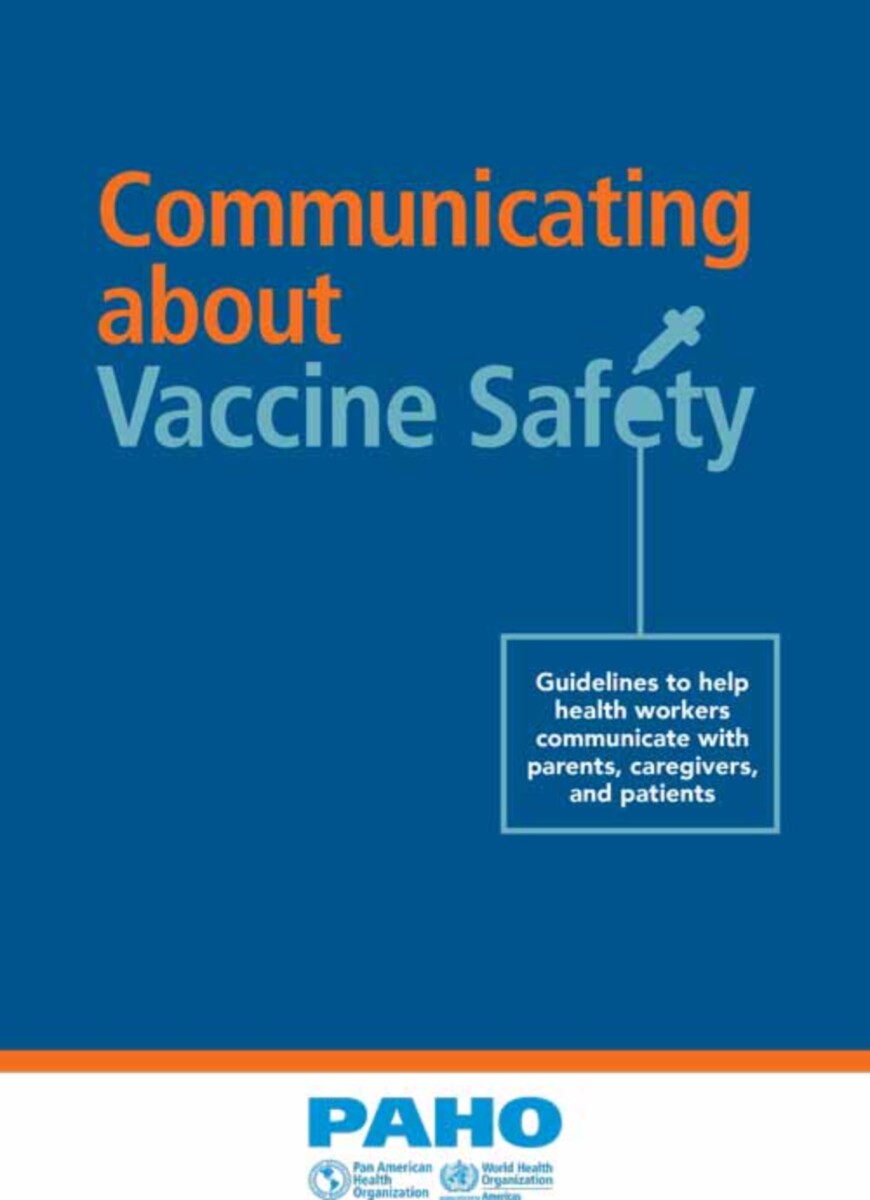Communicating about Vaccine Safety
Guidelines to help health workers communicate with parents, caregivers, and patients
- Publisher
Pan American Health Organization - Published
28th December 2020 - ISBN 9789275122815
- Language English
- Pages 64 pp.
- Size 8.27" x 11.69"
Library E-Books
We are signed up with aggregators who resell networkable e-book editions of our titles to academic libraries. These editions, priced at par with simultaneous hardcover editions of our titles, are not available direct from Stylus.
These aggregators offer a variety of plans to libraries, such as simultaneous access by multiple library patrons, and access to portions of titles at a fraction of list price under what is commonly referred to as a "patron-driven demand" model.
- Publisher
Pan American Health Organization - Published
28th December 2020 - ISBN 9789275122822
- Language English
- Pages 64 pp.
- Size 8.27" x 11.69"
Vaccines save between 2 million and 3 million lives each year and protect the entire population from more than a dozen life- threatening diseases. Thanks to vaccination, smallpox was eradicated in 1980, and we are on track to eradicate polio. However, despite great strides in the control of measles, one of the most contagious diseases known, the last few years have unfortunately seen an increase in cases. This is why high vaccination coverage—95% or more—is needed, posing a major technical and communication challenge for health workers.
Studies show that telling people about the quality, safety, effectiveness and availability of vaccines is not enough to influence behavior change related to immunization, and in general, doesn´t increase coverage. For this reason, it´s necessary to understand the reasons why people choose not to get vaccinated or not get their children vaccinated, in order to begin a two-way respectful dialogue using the best, most effective messages.
Given this context, the main objective of these guidelines is to provide tools for staff working in the field of immunization to support effective communication between health personnel and the general population, with the aim of strengthening, maintaining or recovering trust in vaccines and the immunization programs in the Region of the Americas.


